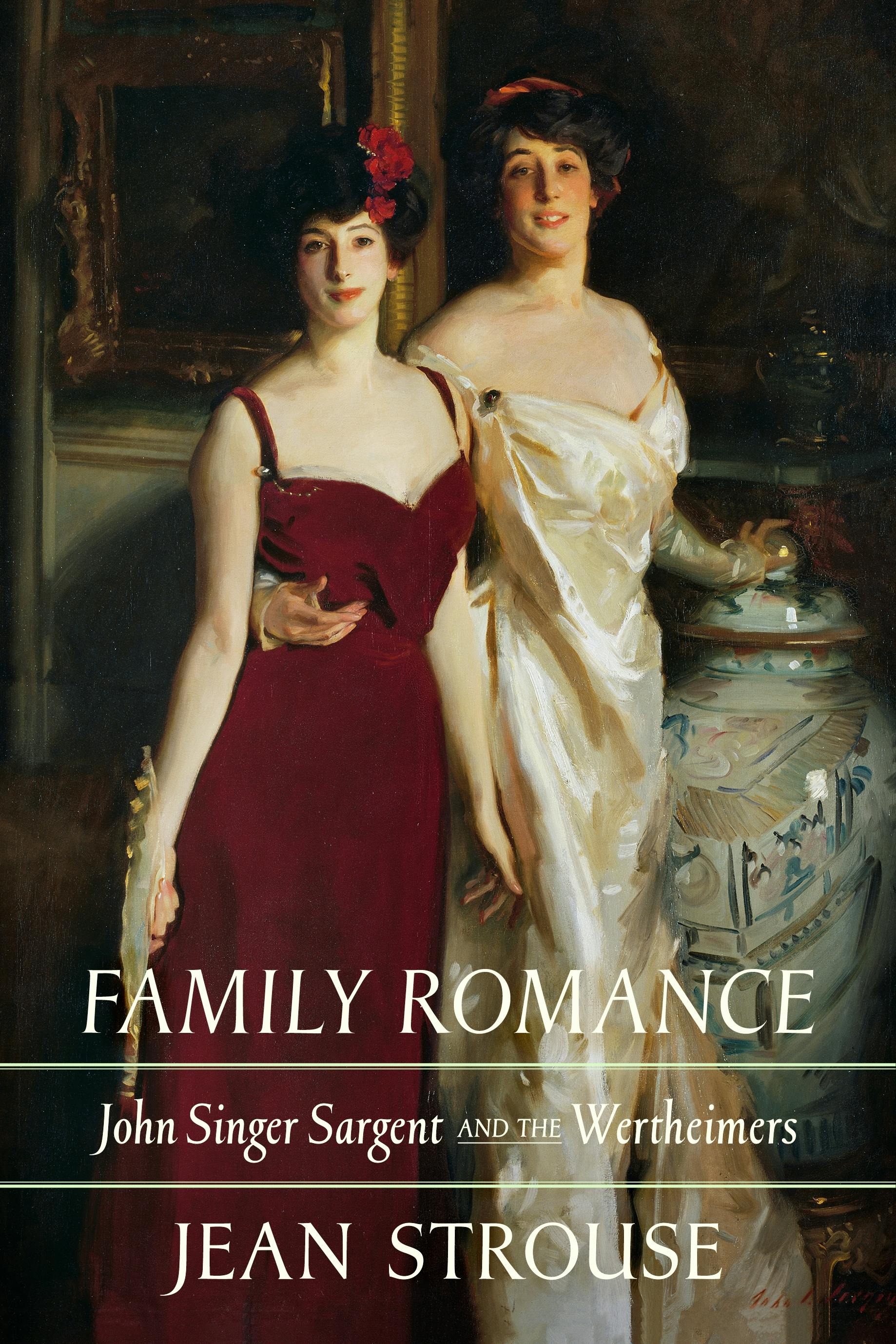Writing of Asher’s portrait in a book revealingly entitled John Singer Sargent: The Sensualist (2000), one of the artist’s most acute critics, Trevor Fairbrother, observed that the sitter’s “Jewishness, masculine self-confidence, entrepreneurial power, and sensuousness all radiate from the picture,” and despite the alarms that cluster of nouns might set off, the evidence suggests that Asher was inclined to agree. (Elsewhere Fairbrother has termed the dog, a black poodle named Noble, “the happiest pet in all of Sargent.”) The Wertheimers were clearly capable of registering their dissatisfaction with a picture—witness the request for a second attempt at Flora—but rather than seek out a more conventionally flattering portraitist, Asher responded to Sargent’s work by ordering up ten more portraits over the following decade. Not all of these have the vitality of Asher Wertheimer, but the best of them, like A Vele Gonfie and the double portrait of Ena and Betty, are among the most arresting images Sargent painted. Though Strouse reports that some of the Wertheimers’ friends took offense at Sargent’s portrayal of Asher, his decision to memorialize himself by bequeathing the portrait to the nation testifies that he felt otherwise.
Most of what we know about Sargent’s side of the relationship must be deduced from the paintings themselves, but Strouse’s book helps to fill in the picture. His mock complaint about “chronic Wertheimerism” notwithstanding, the evidence she has collected tends to confirm that he, too, shared in the high spirits and sense of warmth captured by his portraits of Ena and Asher. Sargent seems to have been particularly close to Ena—so close, in fact, that her husband later wondered if they had been lovers, though the Wertheimers’ apparent lack of concern about this testifies to the easy rapport they seem to have established with the artist. An anecdote variously attributed to Flora in the early days of the friendship and to Betty after Ena’s death suggests that the family had a standard response to such worries. “Of course not,” Flora replies in one version of the story, “he’s only interested in Venetian gondoliers.”
